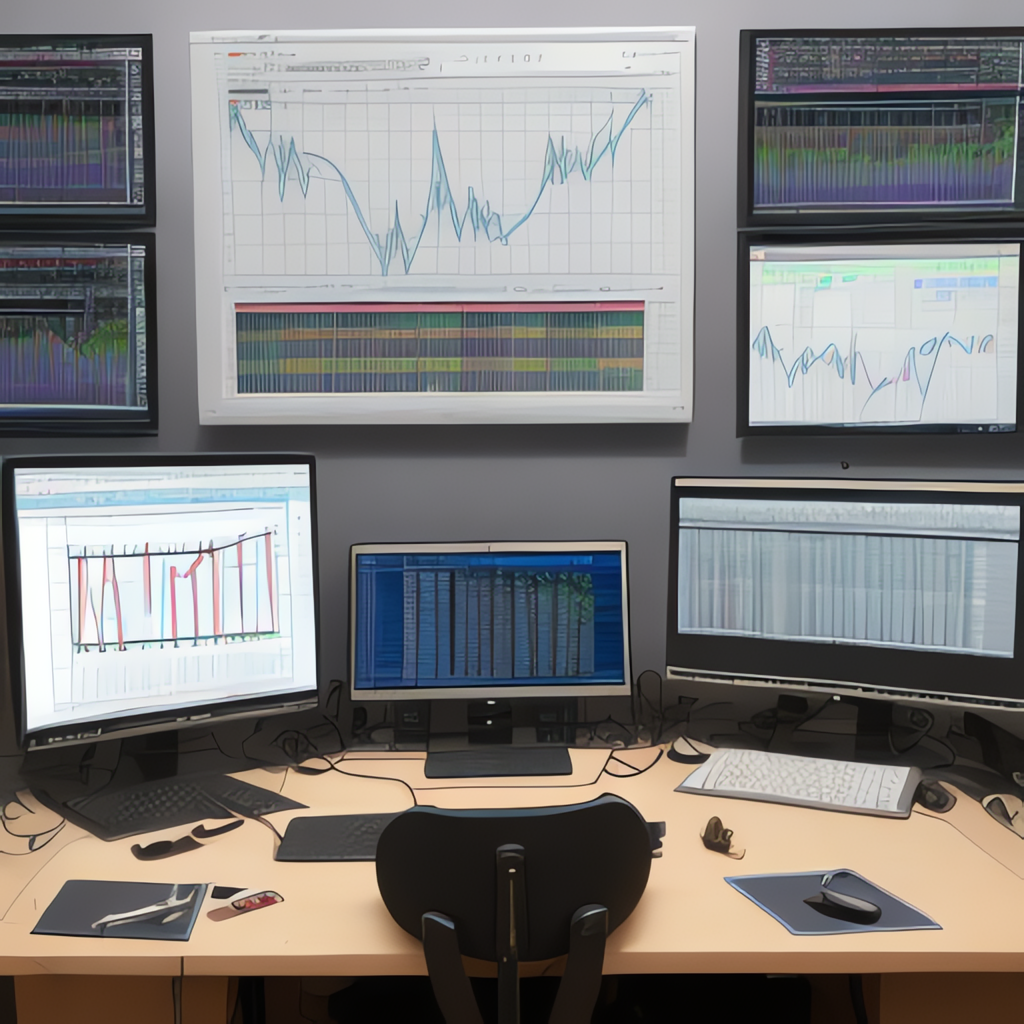Mastering Data Visualization: A Comprehensive Guide to Bar Charts, Line Charts, Area Charts, and Beyond
In an era where information is more abundant than ever, the ability to present that information effectively holds significant importance. Data visualization enables us to uncover patterns, trends, and insights that are not as easily apparent when looking at raw data. Understanding and mastering various types of data visualizations can enhance communication, drive successful business decisions, and facilitate evidence-based reasoning. This comprehensive guide delves into some of the most commonly used data visualization tools, including bar charts, line charts, area charts, and much more.
### Introduction to Data Visualization
Data visualization is the presentation of data in a graphical format. It transforms complex data sets into a more accessible and understandable format. When used appropriately, data visualization can make data more comprehensible, facilitate better decision-making, and help in storytelling. The key to effective data visualization is to ensure that the representation of the data is clear, accurate, and engaging.
### Bar Charts
Bar charts are one of the most widely used types of charts. They compare discrete categories through columns or bars. Each bar represents the data for a particular category and the height of the bar indicates the value associated with the category.
#### When to Use Bar Charts
– To compare two or more discrete categories.
– When the categories are mutually exclusive.
– When the data is categorical, such as in market segmentation, survey responses, or election results.
#### Types of Bar Charts
– Single-bar charts: Ideal for showing a single set of data.
– Vertical bar charts: Used when the y-axis can convey more information about large values.
– Horizontal bar charts: They may be better suited for longer labels or to save space when comparing many categories.
### Line Charts
Line charts are ideal for displaying data over time or for showing continuous changes. They typically depict categorical data with the line connecting individual data points.
#### When to Use Line Charts
– For comparing performance metrics or changes over a period.
– To show trends in a dataset.
– When the x-axis is quantitative and the y-axis represents a metric like time.
#### Types of Line Charts
– Single-line charts: Appropriate when tracking a single variable.
– Multiple-line charts: Useful for comparing multiple data series, especially when they represent different aspects of data over time.
### Area Charts
Area charts are similar to line charts but with filled spaces under the lines. These charts are effective in conveying the magnitude of the data over time.
#### When to Use Area Charts
– To highlight the total amount of data being represented, as the area can add emphasis.
– When the comparison between lines or data series matters.
#### Types of Area Charts
– Simple area charts: When showing one metric.
– Multiple-variety area charts: Ideal when comparing several series of data, as it provides a good balance between detailed insight and clean presentation.
### Beyond Bar, Line, and Area Charts
While these three are popular, the data visualization landscape extends far beyond them. Here are a few other types of visualizations worth knowing:
– **Pie Charts**: Good for showing composition, but not for comparisons.
– **Histograms**: Used to represent the distribution of numerical data.
– **Scatter Plots**: Excellent for showing correlation between two variables.
– **Heat Maps**: Display data in a matrix manner to reveal patterns in large datasets.
– **Tree Maps**: Good for hierarchical data, displaying multiple dimensions.
### Best Practices
When creating visualizations, keep these best practices in mind:
– **Start with a Clear Context**: Know the audience and their goals when designing a visualization.
– **Less is More**: Avoid clutter and complexity; ensure that each visualization has only one clear message.
– **Choose the Right Type**: Fit the visualization to the data type and the story you want to tell.
– **Use Consistent Color and Style**: Maintain readability and professional appearance across all of your visualizations.
– **Validate Data**: Always ensure that the data is accurate and representative of the story you are trying to tell.
In conclusion, data visualization is a powerful tool for communicating information clearly and effectively. By familiarizing yourself with different types of charts and their applications, you’ll be well on your way to mastering data visualization. Approach each project with a critical eye, and let your visualizations serve as clear, compelling, and informative companions to your data-driven narratives.
